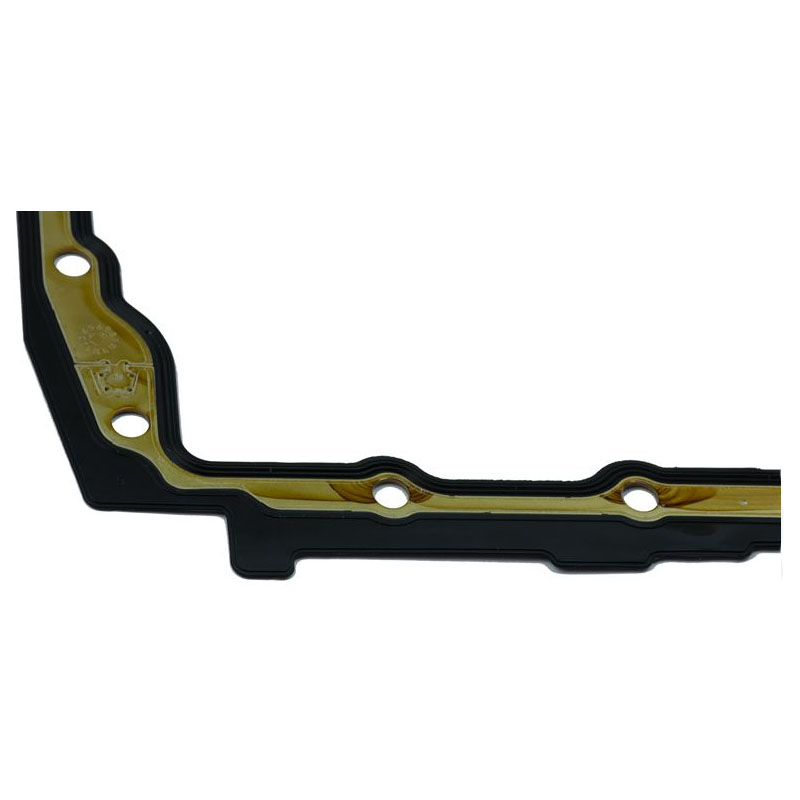seal ring
The Importance of Seal Rings in Modern Applications
Seal rings, often referred to as sealing rings or O-rings, are critical components in various engineering and industrial applications. They are designed to create a tight seal between two parts, preventing the leakage of fluids and gases while ensuring the integrity and efficiency of systems. This article explores the significance, types, applications, and advantages of seal rings.
Understanding Seal Rings
Seal rings are typically made from elastomeric materials, such as rubber, silicone, or polymer compounds. Their primary function is to fill the gaps between two mating surfaces, thereby creating a barrier that prevents the passage of fluids or gases. The design and material of a seal ring can greatly affect its performance, making the selection process critical for any application.
Seal rings are categorized into various types based on their design and application. The most common types include O-rings, backup rings, lip seals, and quad rings. O-rings are circular and provide sealing in rotary and static applications, while lip seals are designed for applications involving rotating shafts. Backup rings are used alongside O-rings to prevent extrusion in high-pressure applications. Quad rings, on the other hand, feature a four-lobed design, providing enhanced sealing capabilities in dynamic situations.
Applications of Seal Rings
The applications of seal rings span numerous industries, reflecting their versatility and critical role in modern technology. In the automotive sector, seal rings are used to prevent oil and coolant leaks in engines, ensuring optimal performance and longevity. Similarly, in aerospace, these components are vital for maintaining pressure in hydraulic systems and preventing fuel leaks.
In the oil and gas industry, the reliability of seal rings is paramount due to the extreme conditions they encounter
. High pressure and temperature fluctuations make the selection of appropriate materials essential for safety and efficiency. Seal rings are also prevalent in manufacturing processes, particularly in machinery that requires consistent lubrication to operate effectively.seal ring

Furthermore, seal rings are essential in household products, from faucets to appliances. Their ability to prevent leaks contributes to energy efficiency and reduces the risk of extensive damage from water infiltration. As consumers become more environmentally conscious, the role of seal rings in promoting sustainability through reduced waste has gained increasing significance.
Advantages of Seal Rings
The incorporation of seal rings in various applications offers several advantages. First and foremost, they enhance the overall reliability of systems by preventing leaks. This reliability translates to reduced maintenance costs and downtime, which are crucial in both industrial and consumer settings.
Moreover, seal rings adapt well to temperature variations and chemical exposure, making them suitable for diverse environments. The flexibility and compressibility of elastomeric materials provide superior sealing capabilities, even under challenging conditions. This adaptability ensures the continued performance of machinery and systems, safeguarding investments over time.
The ease of installation and replacement of seal rings adds to their practical advantages. Unlike more complex sealing solutions, seal rings can be easily integrated into existing designs, making upgrades or repairs more straightforward and cost-effective.
Conclusion
Seal rings are an integral part of countless systems and applications across various industries. Their ability to provide effective sealing solutions not only enhances the performance and reliability of machinery but also contributes to safety and sustainability efforts. As technology continues to advance, the materials and designs of seal rings will evolve, further enhancing their effectiveness in meeting the demands of modern applications. From automotive to aerospace, and household products to industrial machinery, seal rings remain a prevalent solution for ensuring optimal functionality in a world where efficiency and reliability are more important than ever.
-
Seal 12x20x5: Precision Radial Shaft Seals for Industrial Reliability
News Nov.24,2025
-
Seal 12x18x5: Essential Guide to Specifications, Applications & Vendors
News Nov.24,2025
-
Understanding Seal 12 20 5: Applications, Specifications & Industry Insights
News Nov.23,2025
-
Durable Oil Seal 85x110x12 – Reliable Sealing Solutions for Industry
News Nov.23,2025
-
Durable and Precise Oil Seal 75x95x10 for Efficient Machinery | YJM Seal
News Nov.22,2025
-
Durable Oil Seal 75x100x10 for Reliable Industrial Performance | YJM Seal
News Nov.22,2025
-
High-Quality Oil Seal 65x90x10 | Durable & Reliable Sealing Solutions
News Nov.22,2025
Products categories















